
For Those Who May Find Themselves on the Red Team: tylershoemaker.info/docs/shoemak...

For Those Who May Find Themselves on the Red Team: tylershoemaker.info/docs/shoemak...






Join us tonight—online or IRL—for The Web We’ve Built!
If you visit the Archive in person, grab a free copy of Sir Tim Berners-Lee's new book THIS IS FOR EVERYONE from our BIG Free Library!
🎟️ ➡️ blog.archive.org/2025/10/22/h...
#Wayback1T

Join us tonight—online or IRL—for The Web We’ve Built!
If you visit the Archive in person, grab a free copy of Sir Tim Berners-Lee's new book THIS IS FOR EVERYONE from our BIG Free Library!
🎟️ ➡️ blog.archive.org/2025/10/22/h...
#Wayback1T
Hear author @TJOwens.bsky.social of AFTER DISRUPTION: A FUTURE FOR CULTURAL MEMORY chat with @ShannonNattern.bsky.social on the Future Knowledge #podcast.
🎧 Listen & subscribe ⤵️
futureknowledge.transistor.fm
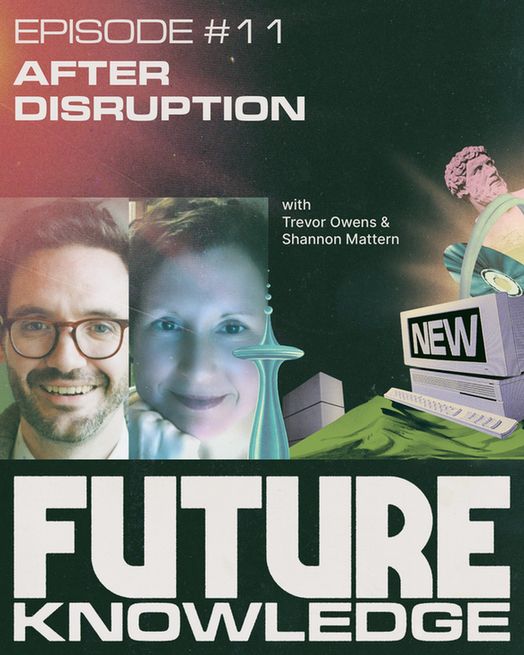
Hear author @TJOwens.bsky.social of AFTER DISRUPTION: A FUTURE FOR CULTURAL MEMORY chat with @ShannonNattern.bsky.social on the Future Knowledge #podcast.
🎧 Listen & subscribe ⤵️
futureknowledge.transistor.fm
"Are language models worth it?"
Explains that the prior decade of his work on adversarial images, while it taught us a lot, isn't very applied; it's unlikely anyone is actually altering images of cats in scary ways.
"Are language models worth it?"
Explains that the prior decade of his work on adversarial images, while it taught us a lot, isn't very applied; it's unlikely anyone is actually altering images of cats in scary ways.
embedding-space.github.io/sparse-netwo...
The subject is WHY neural networks work, and I think the answer I offer is kind of interesting. Maybe even a little correct, possibly.

embedding-space.github.io/sparse-netwo...
The subject is WHY neural networks work, and I think the answer I offer is kind of interesting. Maybe even a little correct, possibly.

🔗 Read more ⤵️
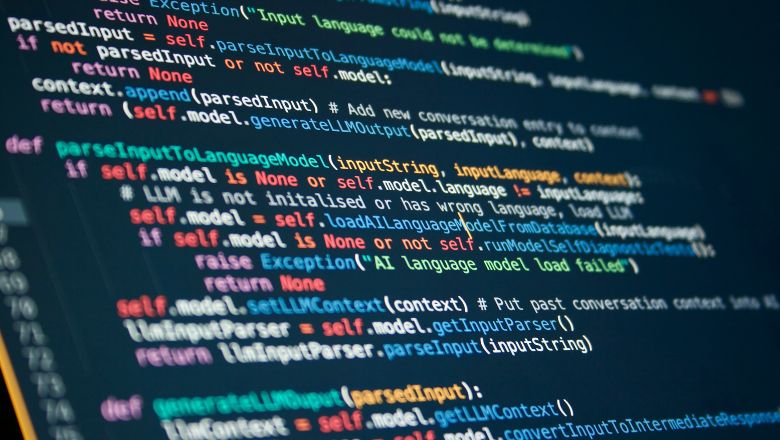
Spending the day at Galleria Nazionale delle Marche in Urbino 🖼️🎨🏰




Spending the day at Galleria Nazionale delle Marche in Urbino 🖼️🎨🏰

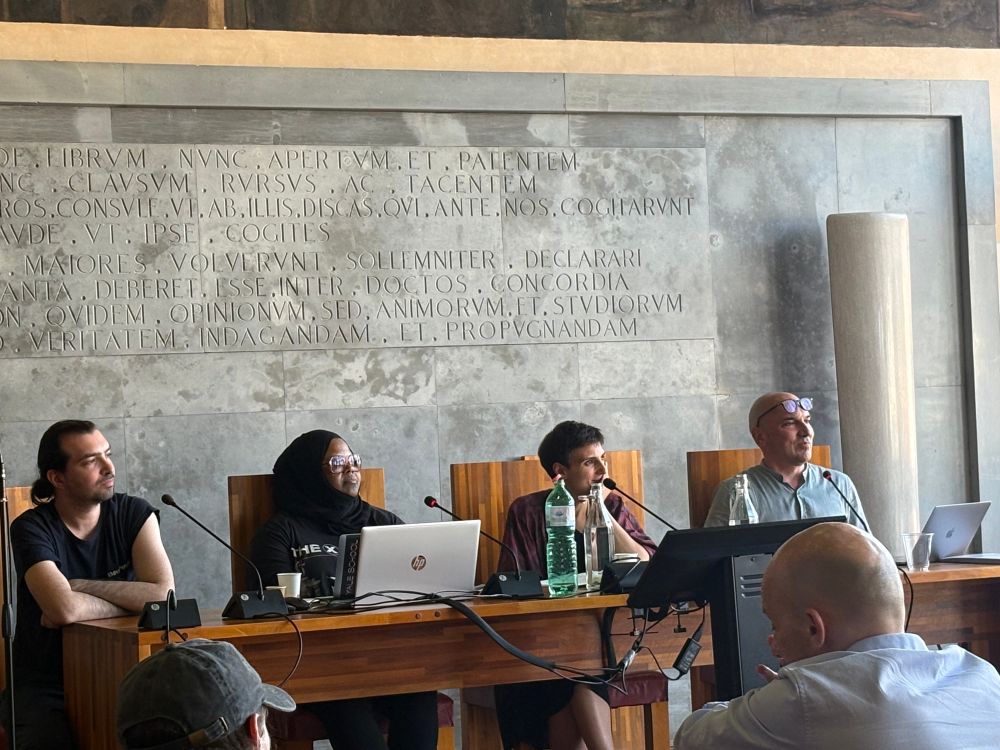
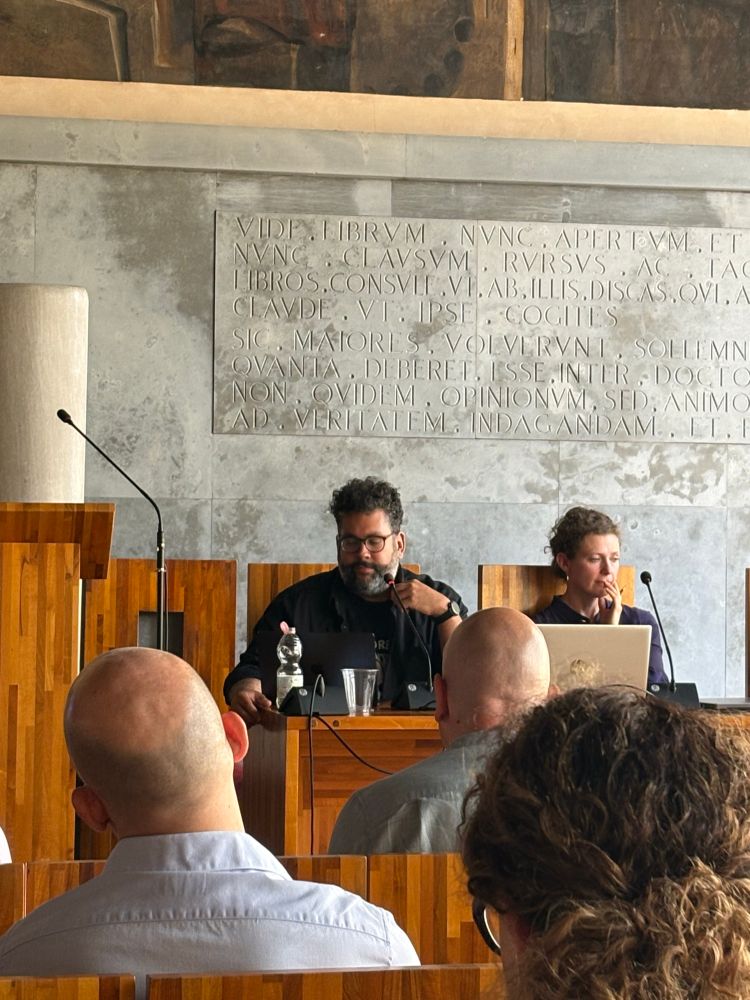
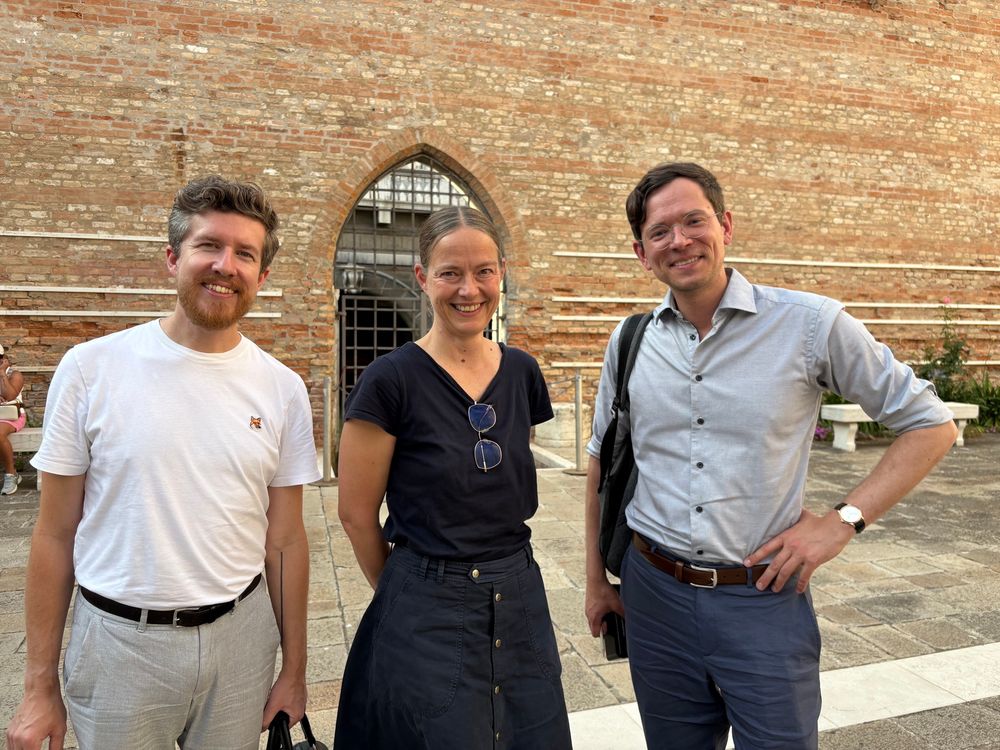
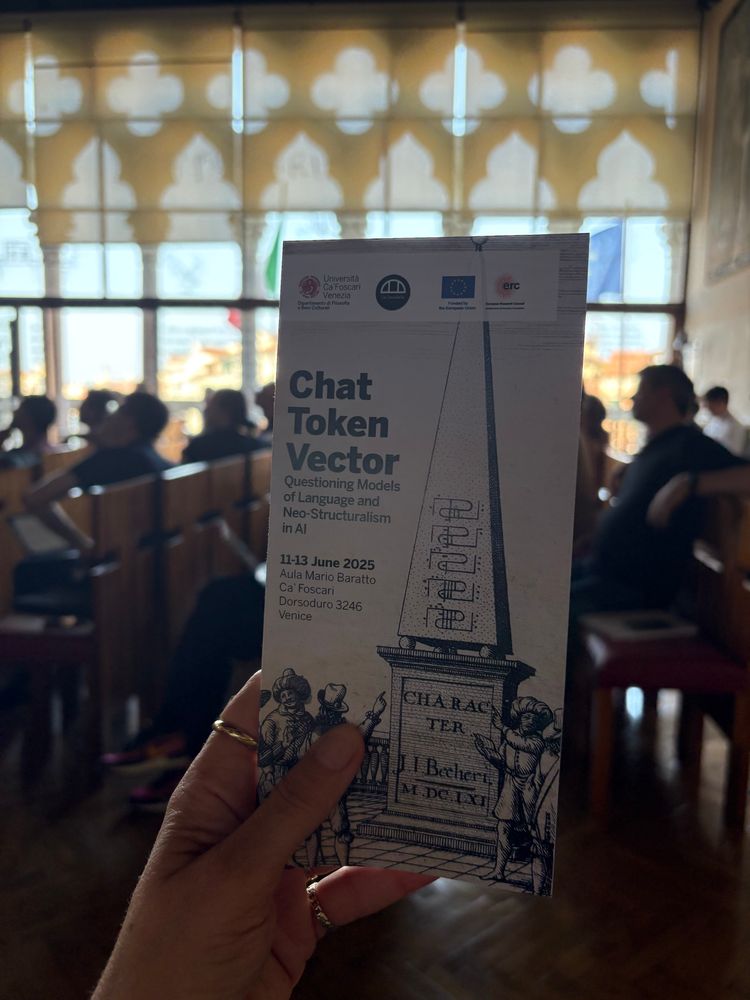
My immediate issue is the framing which is super binary: "Are these models capable of generalizable reasoning, or are they leveraging different forms of pattern matching?" ml-site.cdn-apple.com/papers/the-i...
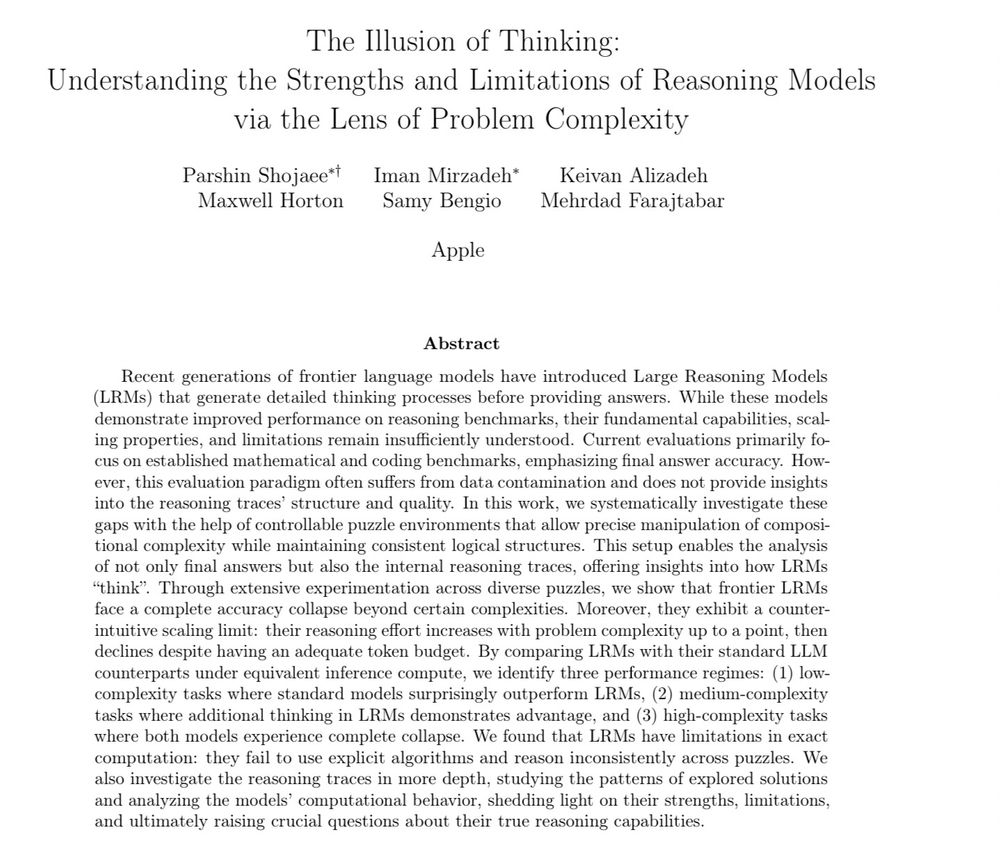
My immediate issue is the framing which is super binary: "Are these models capable of generalizable reasoning, or are they leveraging different forms of pattern matching?" ml-site.cdn-apple.com/papers/the-i...


